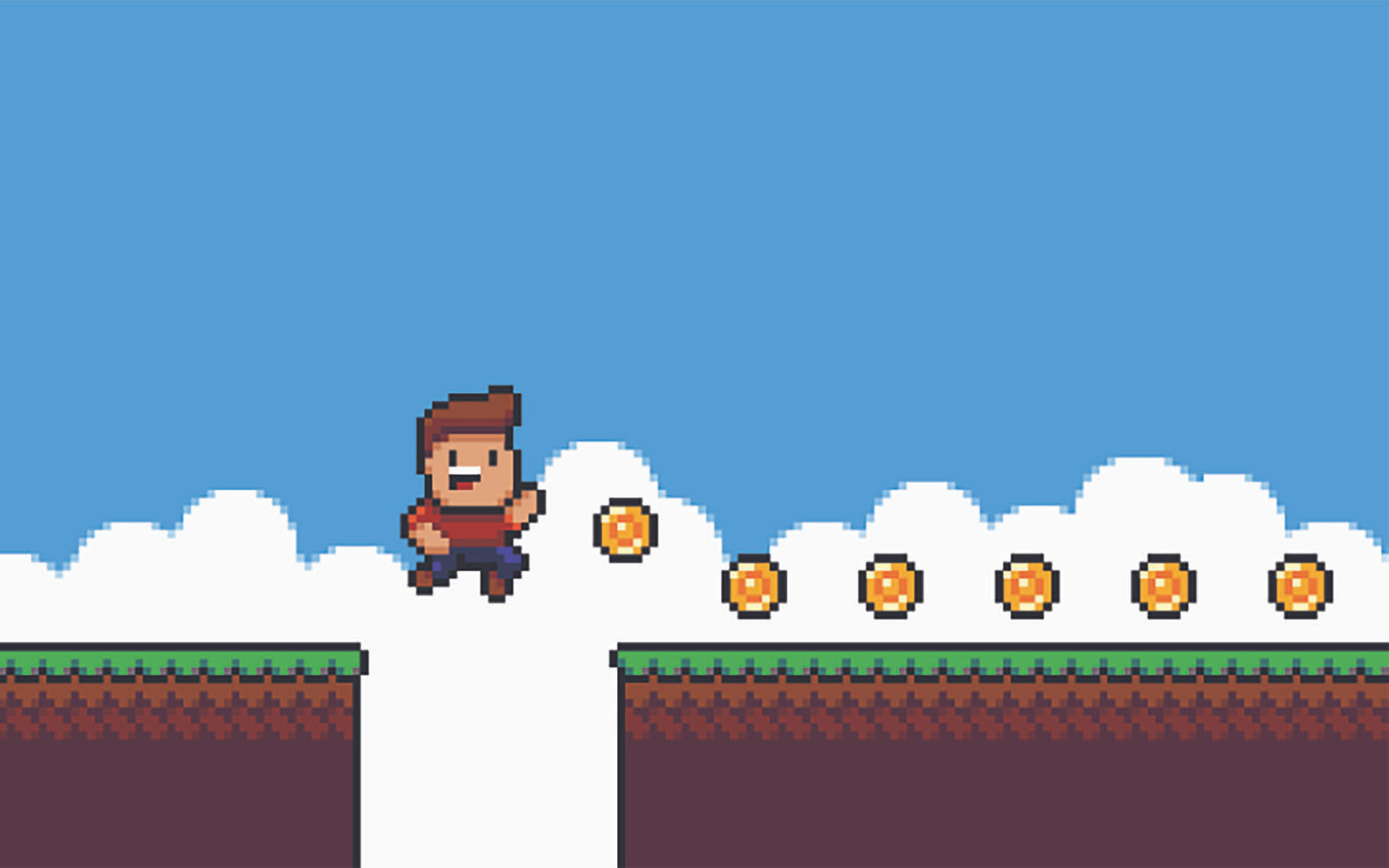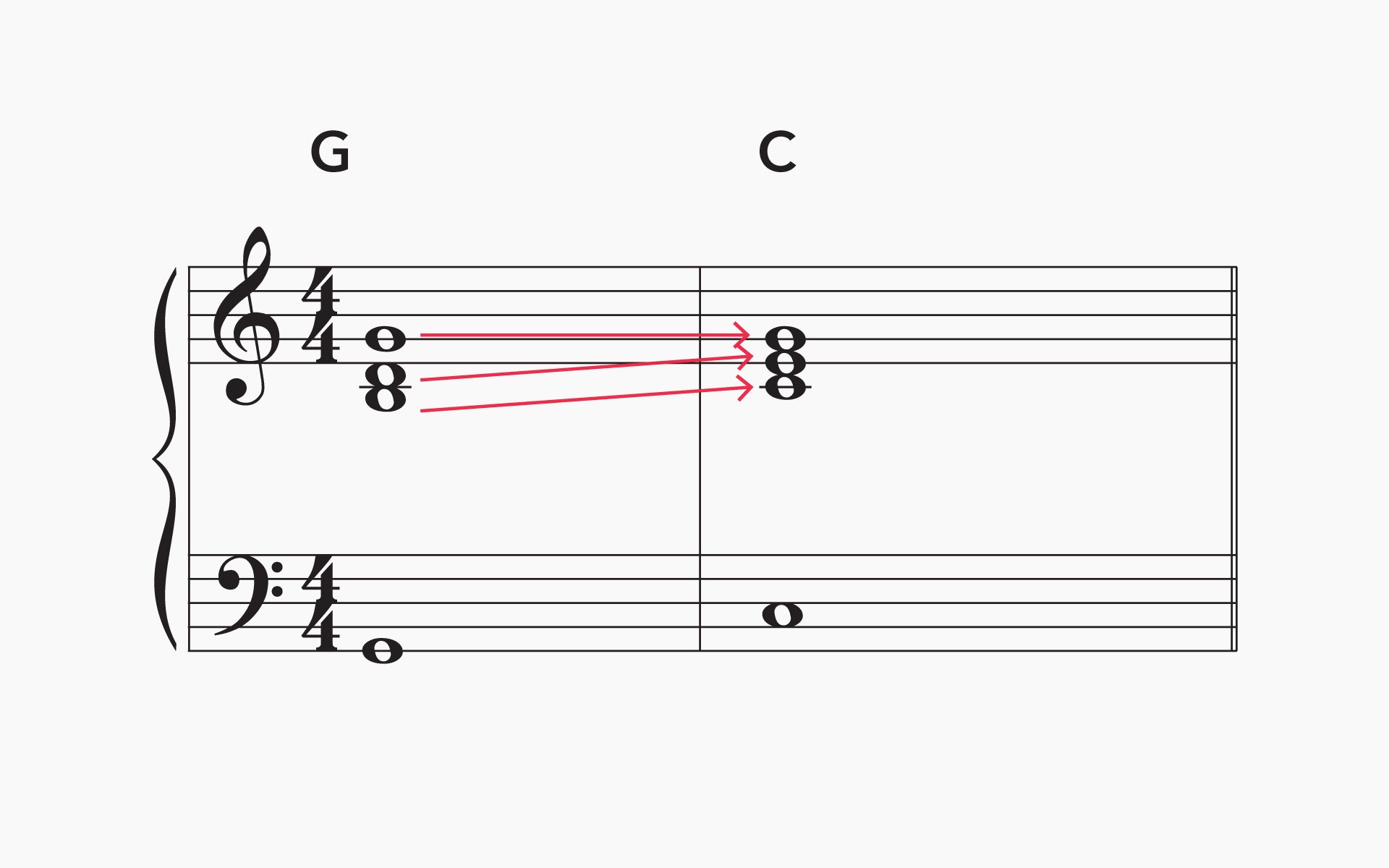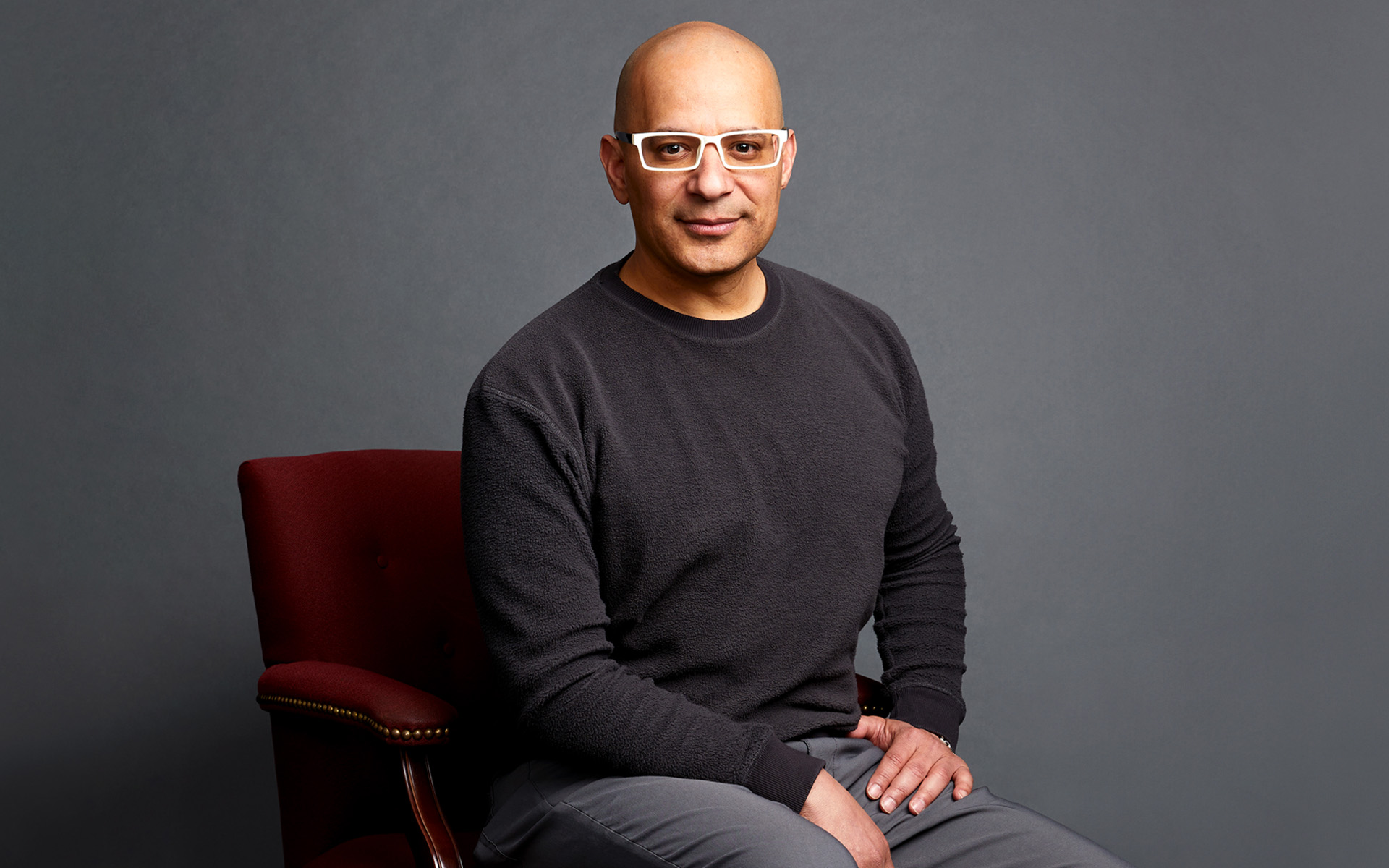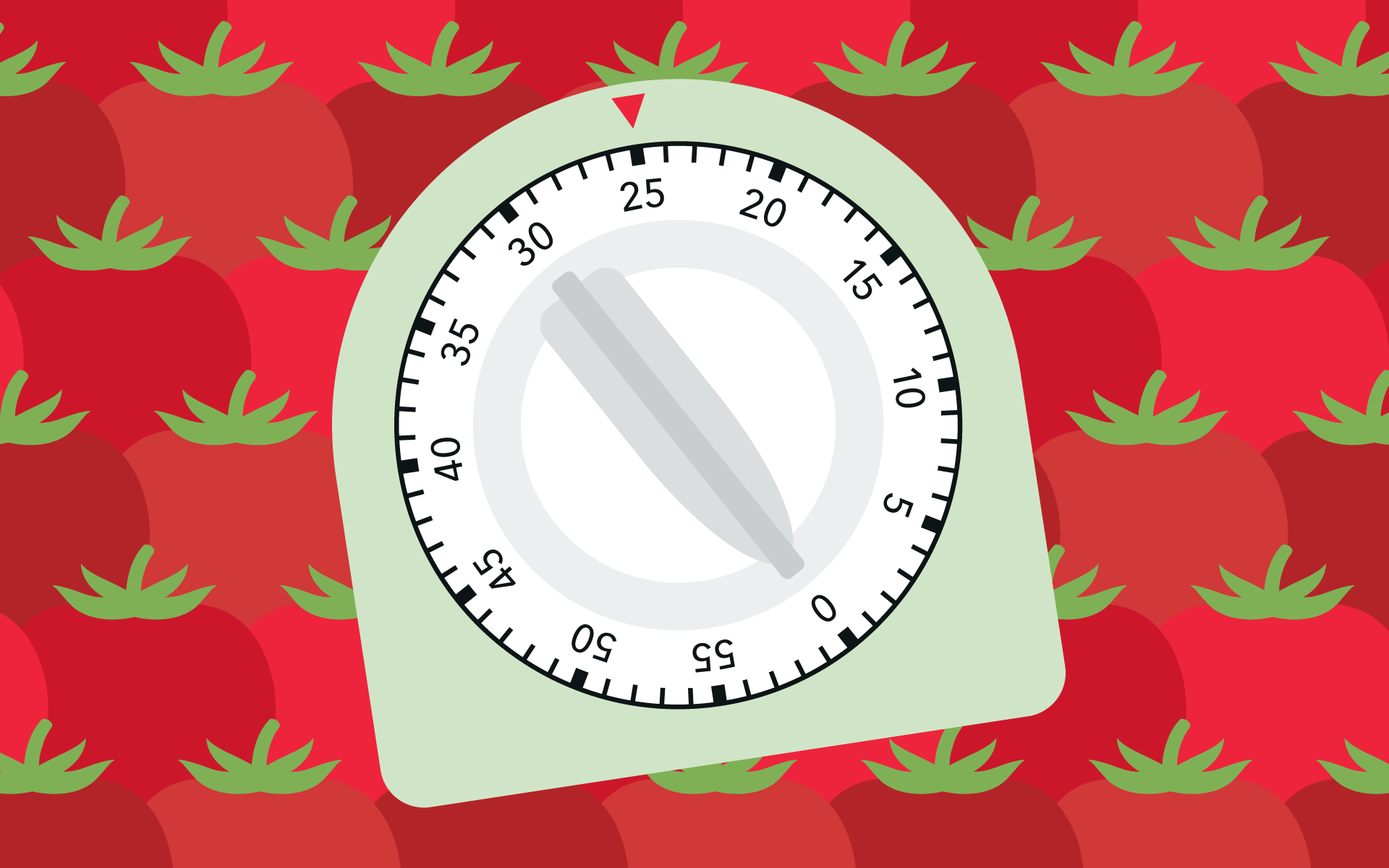The following information on how to price your music for gaming platforms was excerpted from the Berklee Online course Interactive Scoring for Games, written by Michael Sweet, and currently enrolling.
Game developers generally don’t start out their projects saying, “I want cheap music for our game.” They want good music for their game, and they realize that good music costs money. If they’re unwilling to pay a lot for music—even if they have money to afford it—that should clue you into how much they value gaming music. Also, how you’ll be treated on the project as a composer.
When initially starting out, many composers believe that the cheapest price will get them the gig. In actuality, it may be saying the opposite to the potential employer: “Since the music is cheap, so is the quality.” Composers need to balance the price of the project with the quality.
If you’re first starting out scoring music for games, it’s important to know what to charge for your labor so you don’t shortchange yourself or undervalue your skills. While what you should charge will vary from case to case, these tips will give you some guidelines to take into account.
Industry Going Rate
The going rate for a finished minute worth of professional game music is $1,000. This rate is dependent on many different factors, including experience of the composer, what type of music it is, and how complicated the music is. In general, music and sound represent between five to 15 percent of the total budget of the project. If the overall budget of the game including art, game design, programming, production, audio, etc., is $100,000, then the audio budget would range between $5,000 and $15,000. And remember that this piece of the pie could be divided among several different people.
TAKE A COURSE WITH MICHAEL SWEET
There are many different methods to calculate how much to charge for gaming music and audio. However, there is one rule to help guide you: the most that the client can afford. Sony can afford a lot more than two independent developers who work out of their garage.
Income for composers comes from creative fees or production or both. With no public performance of this music, performing rights royalties are not a significant source of income. But the sale of soundtrack music via downloads and soundtrack albums allow composers to generate writer’s royalties.
How Do You Figure out What a Client Can Afford?
To find out what the game developer has to spend on gaming music and audio, you could ask the producer on the project, but it’s unlikely that the producer is going to give you an accurate number. The goal of a producer is to save money, so it’s likely that they will tell you a lower number in order to save their overall bottom line.
Producers want to reserve money for overages that come up during the development process. Game development often goes over the initial calculated budget due to what’s commonly called feature creep. That term is frequently used when the scope of the project grows as it is developed. Keep this in mind when you’re figuring out your percentage of the total budget.
Price by Time
When creating estimates for clients, you should price the music by how long it takes to create it. For instance, thematic material and songs are the most expensive things you’ll be writing because they take the most time. On the other hand, re-arrangements and remixes take less time and therefore should cost less.
There are many things that also increase the cost of your gaming music. Live musicians will certainly add to the cost of a minute of music, as will more complicated interactive music structures. Other factors might include surround mixes, multiple platforms, the need for an orchestrator or conductor, research and development, demos, and implementation. These things should be reflected in your pricing when you’re actually estimating your music for clients.
Bundling
Depending on where you live and the developers that you work with, clients might prefer your estimates to be bundled up in a single project fee, or that you have a rate sheet similar to a menu which has all your fees listed on it. Rate sheets are more common in Europe, whereas project fees are more common in the United States. If you’re pricing via rate sheets, then you’ll itemize all the elements as you create them. When you negotiate a single project fee, it’s likely that you’ll do all the assets for a particular project inclusive of how big the project might grow.
TAKE MICHAEL SWEET’S INTRODUCTION TO GAME AUDIO COURSE
In general, if you’re bidding a project, it’s cheaper for the developer to use a single project fee as opposed to using a rate sheet. This is similar to bulk pricing discounts that you receive when buying lots of peanut butter at Sam’s Club vs. a single jar at your local grocery store. Companies are out to get the best deal. Therefore, if you’re producing a lot of gaming music for a developer, then it’ll be appropriate to give them a discount.
Upselling
In many industries, upselling is common. When you walk into a fast food restaurant and buy a meal, they’ll ask you if you want anything else with that. In game audio, you can use a similar tactic to increase your overall revenue. Most games that need music also need sound design, dialogue recording and editing, implementation and other game audio. If you’re capable of providing these other items, then you can make more money from a single client. Some composers will act as sound designers, or partner with individuals that have those skills, so that a game developer won’t have to contract multiple companies.
Revisions
Many cues, especially at the beginning of a project, might need to be revised. This is especially apparent while you’re still honing in on a direction with the game developer at the beginning of the project. How many revisions should you offer as part of the original estimate? The answer to this question varies from composer to composer. Most composers allow for three revisions based on the original estimate or proposal.
In my opinion, when I’m first establishing the direction for a project, I’ll do unlimited revisions to get the overall direction correct, because I feel that it’s my job to get that right, and the job is on the line. The client might still be evaluating whether I’m right for the project even after I’m hired. At the beginning of the job, I could lose the gig if they don’t like my creative direction. I do NOT want to get fired from a gig.
Overages
On the other hand, later in the project, after the creative direction is already established, if the developer keeps sending revised picture edits, revised level designs or story changes, then it’s important to have a discussion with the game producer about possible overages.
The earlier a game producer knows you’re doing extra work outside of the original proposal, the easier it is for them to plan, change, and modify direction. They’ll be much more amenable to paying overages if you’re in the middle of a production. If you approach the producer after the job is over with additional charges, they’ll likely NOT be very negotiable. Plus, you’ll be leaving a bad taste in their mouths and hurt your possibilities of scoring future work.
Always keep the person that is approving your checks in the know about how well the estimate is representing the actual work. This only improves the chances that they’ll ask you to work with them again.
LEARN ABOUT BERKLEE ONLINE’S PROFESSIONAL CERTIFICATE IN GAME AUDIO DESIGN AND PRODUCTION












